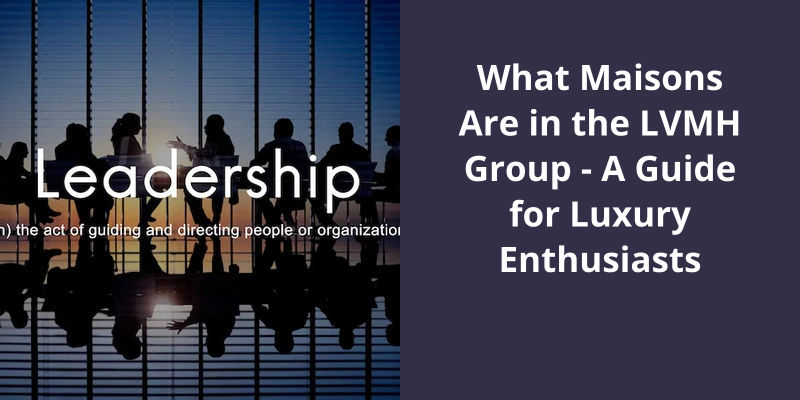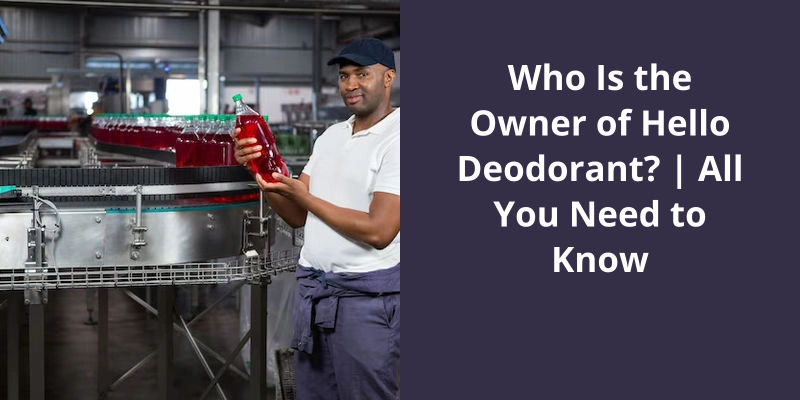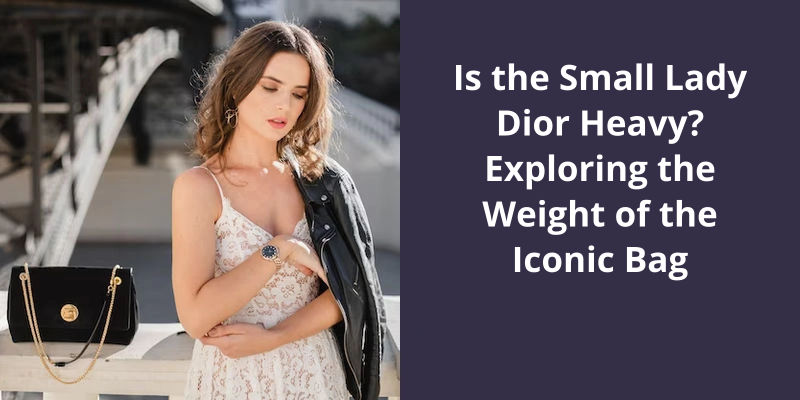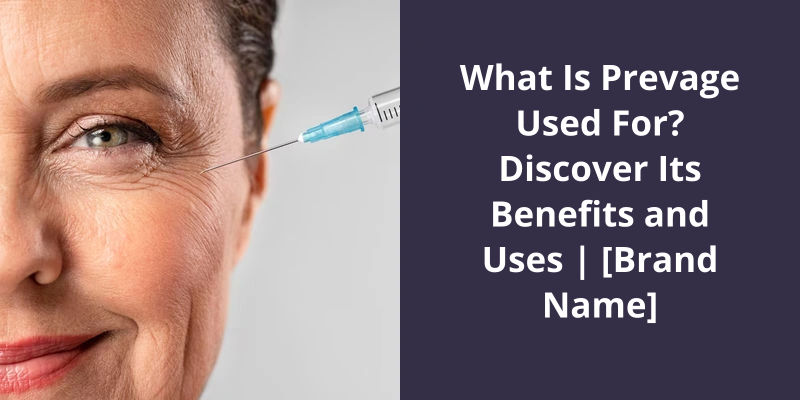The LVMH Group, also known as Moët Hennessy Louis Vuitton, is home to many maisons or houses that represent a wide span of sectors in luxury goods. Some of the well-known fashion and leather goods maisons in the group include Louis Vuitton, Fendi, and Celine. The group also includes watches and jewelry maisons such as TAG Heuer and Bulgari. The perfumes and cosmetics sector houses Christian Dior and Guerlain, while the selective retailing segment includes names like Sephora and Le Bon Marché. The wine and spirits sector is represented by Dom Pérignon and Hennessy, among others. Each of these maisons is renowned for their expertise and quality, upholding the reputation of the LVMH group in the luxury goods industry.

How Many Maisons Are There Within the LVMH Group?
The LVMH Group is a reputable brand in the luxury goods industry, and for good reason. With more than 75 exceptional Maisons under it’s umbrella, the group has a wide range of high-quality products to offer it’s discerning customers. These Maisons are spread across various sectors of the luxury market, making the LVMH Group a one-stop-shop for luxury goods enthusiasts.
From Louis Vuitton and Christian Dior to Bulgari and Fendi, these Maisons are renowned for their impeccable attention to detail and commitment to excellence. Each Maison has it’s unique style and identity, yet they all share a common goal of creating the finest luxury products in their respective categories.
As a group, LVMH is committed to sustainability. The group is aware of the impact of it’s activities on the environment and society, and it takes it’s responsibility seriously. The group has set ambitious targets to reduce it’s environmental footprint, and it’s Maisons are encouraged to embrace sustainable practices in their operations. Through it’s initiatives, LVMH hopes to be a leader in sustainable luxury.
The Maisons are renowned for their exceptional quality and craftsmanship, and their commitment to sustainability is a testament to their dedication to responsible luxury.
What Are Some of the Most Iconic Products Produced by the LVMH Group’s Maisons?
- Louis Vuitton Speedy Bag
- Moët & Chandon Champagne
- Dior Saddle Bag
- Givenchy Antigona Bag
- Fendi Baguette Bag
- Bulgari Serpenti Watch
- Celine Luggage Tote
- Kenzo Tiger Sweatshirt
With a reputation that precedes it, LVMH has proved to be a global leader in luxury goods, known for it’s exquisite perfumes, fashion, watches and jewellery, wines and spirits, and selective retailing. But what sets LVMH apart from it’s competitors is it’s strategic business unit (SBU) approach to achieving success in it’s diverse businesses. Let’s take a closer look at what defines LVMH’s SBUs and how they contribute to the group’s continued success.
What Is the Strategic Business Unit of LVMH?
The perfumes and cosmetics division of LVMH is responsible for developing and marketing some of the worlds most prestigious beauty brands such as Christian Dior, Givenchy, and Guerlain. This unit works closely with the fashion and leather goods SBU to create synergies and ensure that fragrances and cosmetics are aligned with the latest fashion trends. The perfumes and cosmetics SBU maintains it’s leadership position through continuous product development, marketing campaigns, and retail innovations aimed at strengthening it’s global market share.
The fashion and leather goods SBU remains LVMHs largest division, generating the bulk of the groups revenue. This unit comprises some of the most iconic luxury fashion brands such as Louis Vuitton, Fendi, and Celine. It’s been the driving force behind LVMHs exceptional growth trajectory, with a strong focus on expanding it’s global footprint through new store openings and digital channels. The fashion and leather goods SBU is known for it’s craftsmanship, quality, and exclusivity, which have become synonymous with the LVMH brand.
The watches and jewelry division of LVMH includes brands such as TAG Heuer, Bulgari, and Zenith. This SBU operates in a highly competitive market, which is why it relies heavily on innovation and design to position itself as a leading player. The watches and jewelry SBU has been actively investing in research and development to create new materials, movements, and designs that appeal to it’s sophisticated clientele. LVMHs watches and jewelry brands are distributed through a mix of retail channels, including company-owned stores, franchise outlets, and third-party retailers.
The wines and spirits SBU of LVMH represents some of the most prestigious champagne, wine, and spirits brands such as Moët & Chandon, Veuve Clicquot, Hennessy, and Glenmorangie. This division operates in a highly regulated industry, which means that it’s to comply with numerous legal requirements to ensure product quality and authenticity. LVMHs wines and spirits brands are distributed through a network of wholesalers, distributors, and agents, with a focus on high-end bars, restaurants, hotels, and specialty retailers.
The selective retailing division of LVMH includes brands such as Sephora and DFS that operate in the beauty and travel retail industries. This SBU has a strong global presence, with operations in Europe, Asia, and the Americas. The selective retailing unit relies on innovation and technology to create a seamless shopping experience for it’s customers, both online and offline. LVMHs selective retailing brands use data analytics to personalize customer interactions and optimize their product offerings. In addition, the selective retailing SBU benefits from synergies with other LVMH divisions, particularly in the areas of marketing and distribution.
The History and Evolution of LVMH as a Company
LVMH is a luxury goods company that was founded in France in 1987. Over the years, the company has acquired numerous high-end brands such as Louis Vuitton, Moet & Chandon, and Dior, among others. LVMH has become one of the largest luxury conglomerates in the world, with a focus on fashion, cosmetics, and wines and spirits. The company has continued to expand through strategic acquisitions and partnerships, cementing it’s position as a global leader in the luxury goods industry.
Source: Louis Vuitton Moet Hennessy – 1647 Words Report Example
From luxurious fashion brands to high-end jewelry and cosmetics, LVMH has a vast portfolio of prestigious subsidiaries that cater to the world’s most discerning customers. But with the number of brands under their umbrella constantly evolving, it’s worth taking a closer look at just how extensive their reach is.
How Many Brands Are Under LVMH?
LVMH, which stands for Moët Hennessy Louis Vuitton SE, is a global leader in luxury goods that incorporates fashion, cosmetics, jewelry, watches, and spirits, among other things. The companys portfolio is an exclusive list of brands that are synonymous with elegance, quality, and distinction. According to reports, LVMH controls around 60 subsidiaries that manage 75 prestigious brands.
The groups brands are organized into several categories, with Fashion & Leather Goods, Watches & Jewelry, Perfumes & Cosmetics, and Selective Retailing being the most prominent. Each of these categories includes a variety of sub-brands, with each brand having it’s particular focus, value proposition, and unique geographical presence. By grouping it’s brands under these categories, LVMH can better align it’s marketing and operational efforts to extract maximum value from each brand and maximize synergies between the different brands.
One of the most notable brands under LVMH is Tiffany & Co., the iconic American jewelry brand that was recently acquired by the group. Tiffany & Co. is famous for it’s diamond engagement rings and fine jewelry, and it’s brand is synonymous with love and commitment. Other notable brands under LVMH include Christian Dior, Fendi, Givenchy, Marc Jacobs, Stella McCartney, Loewe, Loro Piana, Kenzo, and Celine, among many others.
Sephora, another brand under LVMH, is one of the largest beauty retailers in the world. The brand has a global footprint and has a vast range of products, including makeup, perfumes, skincare, and hair care. Sephoras retail stores are famous for their bright red branding and distinctive black-and-white striped bags.
In addition to it’s fashion and beauty brands, LVMH is also involved in the production of luxury watches, with TAG Heuer and Bulgari being two of the most notable brands in this category. TAG Heuer is a Swiss luxury watchmaker that’s famous for it’s precision timekeeping and innovative designs. Bulgari, meanwhile, is an Italian luxury brand that produces watches and jewelry that feature bold, distinctive designs and exquisite craftsmanship.
Finally, LVMH is also involved in the luxury yacht business, through it’s acquisition of Princess Yachts. Based in the UK, Princess Yachts produces some of the most luxurious and high-performance yachts in the world, offering customers the ultimate in luxury and comfort while cruising the open seas.
The Financial Performance of LVMH and It’s Brands, Including Revenue and Profit Margins.
- LVMH revenue for 2020 was €44.7 billion
- LVMH net profit for 2020 was €4.7 billion
- Louis Vuitton revenue for 2020 was €12.9 billion
- Louis Vuitton net profit for 2020 was €3.4 billion
- Christian Dior revenue for 2020 was €5.4 billion
- Christian Dior net profit for 2020 was €1.4 billion
- Guerlain revenue for 2020 was €1.3 billion
- Guerlain net profit for 2020 was €242 million
- Bulgari revenue for 2020 was €2.3 billion
- Bulgari net profit for 2020 was €223 million
While LVMH is known for it’s luxury fashion and cosmetics brands like Louis Vuitton, Dior, and Sephora, the oldest brand under it’s umbrella dates back much further than any of these. Château d’Yquem, a historic wine producer dating back to 1593, belongs to the LVMH family and has been producing some of the world’s finest and most sought-after wines for centuries. But what else is there to know about this illustrious brand and it’s place within the wider landscape of LVMH? Let’s explore.
What Was the First Brand of LVMH?
LVMH, or Louis Vuitton Moët Hennessy, is one of the largest luxury goods conglomerates in the world. It was formed in 1987 through the merger of fashion house Louis Vuitton and champagne producer Moët Hennessy. Since then, LVMH has grown to include over 70 prestige brands in a variety of industries, from fashion and jewelry to watches and spirits.
However, the oldest brand under the LVMH umbrella isn’t a fashion or luxury brand at all – it’s a wine producer called Château dYquem. The origins of Château dYquem can be traced back to 1593, when the estate was established in the Sauternes region of Bordeaux.
Château dYquem is best known for it’s sweet white wines, which are made from grapes affected by noble rot. This fungus, which can only develop in specific weather conditions, causes the grapes to shrivel and concentrate, resulting in a rich, complex flavor profile.
Over the centuries, Château dYquem has become one of the most highly esteemed wine producers in the world, with a reputation for exceptional quality and longevity. The estate has been owned by several prominent families throughout it’s history, including the Lur-Saluces family, who managed the property from 1785 to 2004.
Today, Château dYquem is owned by LVMH and managed by Pierre Lurton, who also oversees LVMHs other Bordeaux wine properties, including Château Cheval Blanc and Château dArmailhac.
Each vintage is carefully crafted to reflect the unique climate and terroir of the estate, resulting in wines that are renowned for their complexity, richness, and balance.
LVMH’s Expansion Into Different Industries Beyond Fashion and Luxury Goods
LVMH, a luxury goods conglomerate, has expanded into various industries beyond fashion and luxury goods.
Conclusion
Despite having a diverse range of products and services, the company's commitment to excellence and quality remains the same across all it’s brands. From KVD Beauty to Maison Francis Kurkdjian, and Officine Universelle Buly, these brands offer unique and exquisite products that cater to the most discerning of customers. With such a broad range of brands under it’s umbrella, the LVMH group is undoubtedly a force to be reckoned with in the luxury market.





